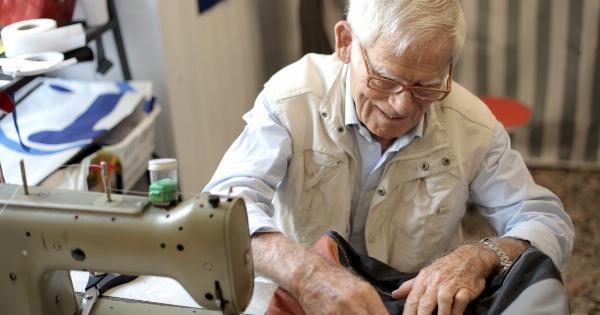Before the invention of the stethoscope, doctors had to place their ear directly on a patient’s chest to hear the heartbeat and breathing sounds. It was not only an uncomfortable position for the doctor but also awkward for the patient.
The invention of the stethoscope made auscultation (the act of listening to sounds from the body) more accurate, comfortable, and hygienic. The credit for this innovative medical device goes to René Théophile Hyacinthe Laennec (1781-1826), a French physician and inventor who is widely regarded as the father of modern auscultation.
Early Life and Education
Rene Laennec was born in Quimper, Brittany, France, on February 17, 1781. His father was a lawyer, and his mother died when he was 5 years old. He was brought up by his aunt and uncle, who ensured that he received an excellent education.
Laennec showed an interest in medicine from an early age, and he studied anatomy and physiology at the University of Nantes. He later enrolled at the University of Paris and received a doctor of medicine degree in 1804.
Medical Career
After completing his medical studies, Laennec worked at several hospitals in Paris. He also became a professor of medicine at the Collège de France in 1816.
Laennec’s medical career was impressive, and he made significant contributions to various fields of medicine, including cardiology, pulmonology, and tuberculosis.
The Invention of the Stethoscope
Laennec is best known for his invention of the stethoscope. The story goes that Laennec was examining a female patient who had cardiac disease, and he found it difficult to listen to her heart sounds because she was obese.
Laennec remembered how children used to listen to distant sounds by scratching the end of a stick held against the other’s ear and realized that he could apply the same principle to his medical practice. On a break, he rolled a piece of paper into a cylinder and placed one end on the patient’s chest and the other end by his ear. To his surprise, he heard the heartbeats clearly, and the stethoscope was born.
The Evolution of the Stethoscope
The first stethoscope was a simple wooden cylinder that was around 1.5 inches in diameter and 1 foot long.
Laennec later modified the design to create a binaural stethoscope, which consisted of two earpieces attached to separate tubes leading to the chest piece. This device allowed both ears to listen simultaneously, resulting in better sound quality and less ambient noise.
Over the years, the stethoscope has undergone several modifications and improvements. Today, stethoscopes come in various shapes, sizes, materials, and features.
Electronic stethoscopes use advanced technology to enhance sound quality and allow for amplification and filtering. Some stethoscopes have additional features such as Bluetooth connectivity, noise cancellation, and recording capabilities.
The Impact of the Stethoscope
The stethoscope revolutionized the field of medicine and had a significant impact on the way doctors diagnosed and treated diseases. Auscultation became a crucial diagnostic tool for detecting abnormalities in the heart, lungs, and other organs.
Laennec’s invention transformed the medical profession and increased the accuracy and reliability of medical examinations. With the stethoscope, doctors could detect the earliest signs of disease and provide prompt and effective treatment.
Laennec’s Legacy
Laennec’s contribution to modern medicine is immeasurable. His invention of the stethoscope was a breakthrough that transformed the way doctors examined patients.
His pioneering work in the fields of cardiology, pulmonology, and tuberculosis led to significant advancements in the understanding and treatment of these diseases.
Laennec also authored several medical books, including the classic “Traité de l’Auscultation Médiate” (Treatise on Mediate Auscultation), which was published in 1819.
This book contained detailed descriptions of the stethoscope and its use in diagnosing various disorders.
Conclusion
Rene Laennec’s invention of the stethoscope was a pivotal moment in the history of medicine. His innovative device transformed the way doctors examined patients and opened up new avenues for diagnosis and treatment.
Laennec’s legacy continues to inspire and influence the medical profession, and his contribution to modern medicine will always be remembered.





























